
The lush mountains of Sola de Vega with its mineral-rich soil and relatively cooler climate make it an ideal location for growing agave. In fact, Sola de Vega has the most agave diversity in Oaxaca and is regarded as a world-famous spot for Agave Tobalá. Tío Rey grows at least 15 varieties of agave, including: Espadín, Coyote, Arroqueño, Mexicano, Tobalá, Sierra Negra, Madrecuishe and Barril. To achieve his unique flavor, Tío Rey uses natural spring water.




Tío Rey’s batch sizes are anywhere from 50 liters to 450 liters. He has two classic earthen ovens that can each hold between four to eight tons. One oven is the normal dug out hole in the ground and lined with large river rocks and the other is dug straight into bedrock. He roasts each batch for 2 to 3 days.
Like many in the region, Tío Rey produces mezcal using ancestral methods. Cooked agave is slightly chopped before it is hand ground with wooden mallets called mazos. This is a laborious technique many members of the family take part in to ensure all the agave is crushed before it moves on to fermentation. At times, hand mashing can take up to 12 hours!



For distillation, Tío Rey uses a series of clay pots known as ‘ollas de barro’ which hold between 60 to 80 liters each. The stills are made of stacks of two pots that share a fire: one that holds the crushed agave mash and has an open top, and another with an open bottom that rests on top of the first one. On the top pot, there is a stainless steel bowl that cool water continually runs in and out of. When the heat from the mash rises and hits the cool top created by the water, condensation occurs. An agave leaf works as a large spoon to catch the dripping condensation (mezcal) and runs into a piece of carrizo and into the collection container.
While intense and laborious, ancestral mezcal is highly coveted as a result of the maestro’s incredible craftsmanship and the spirit’s journey from seed to glass.

Each batch of Tío Rey’s mezcal is double-distilled. During the first distillation, a 45-liter load of tepache will produce about 8.5 liters of xixe. Then, a 50-liter batch of xixe will undergo a second distillation or ‘rectificación’ over a period of 5-6 hours total. The first 1-2 hours will produce about two liters of heads ‘puntas,’ which range between ~65-70% ABV. The next 3-4 hours will produce about 15-20 liters of mezcal at a proof of ~40-65% ABV. The final 15-20 minutes will produce about 3 liters of tails, or ‘colas,’ that are roughly 30% ABV.


The puntas and colas of the ‘rectificación’ will be redistilled a third time to be used around the palenque. The containers of usable mezcal will be allowed to rest for a few days before being blended into one single homogeneous batch and then rested in stainless steel or glass. Tío Rey never adds water to his mezcal post distillation, he only brings his mezcal back by using puntas and colas. Cuts are made by taste and smell.
